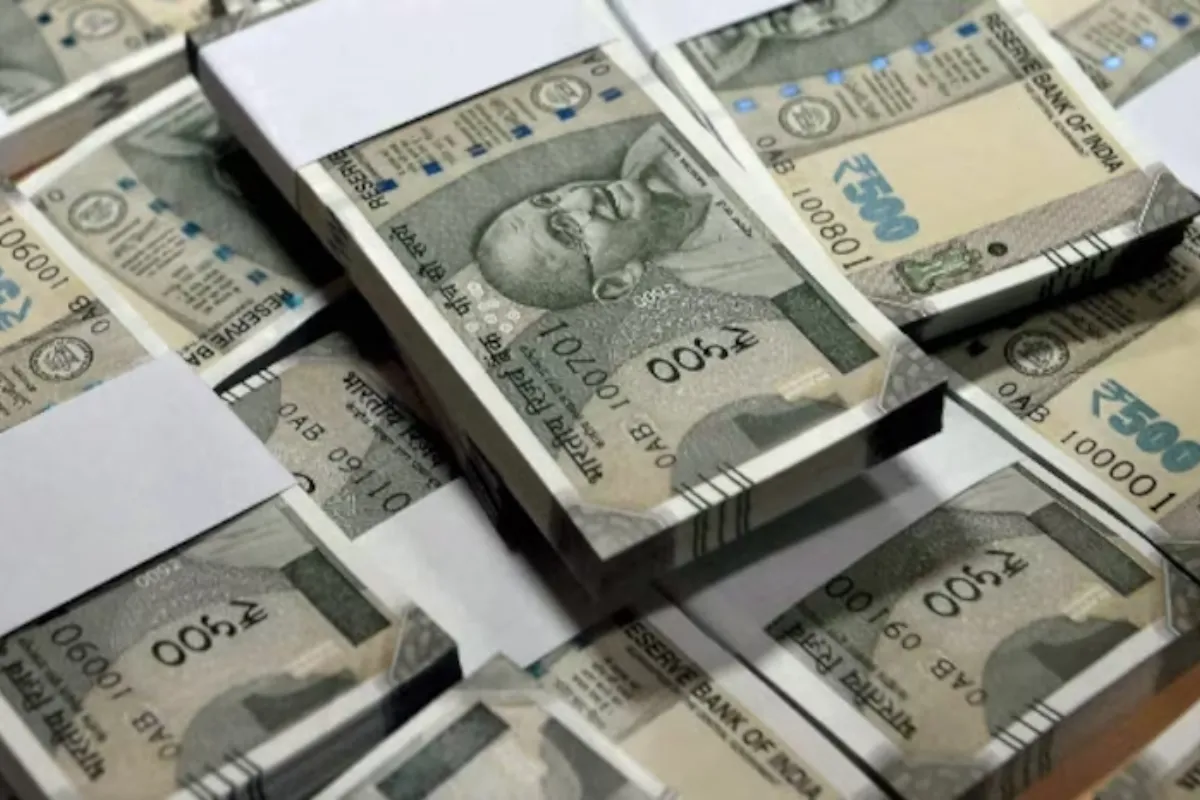Amidst the evolving landscape of financial regulations, individuals engaged in cash transactions need to be vigilant about the existing Reserve Bank of India (RBI) cash withdrawal rules, which have been in effect for a certain period. These regulations, particularly impacting savings bank transactions, hold significance in governing cash dealings
Cash Withdrawal Limits and Charges
For cash withdrawals exceeding Rs 20 lakh, customers need to provide Aadhaar or PAN card details. A 1% charge applies to withdrawals above Rs 2 lakh in a day, while a 2% charge is levied for withdrawals surpassing Rs 10 lakh in a month. The impact is significant, especially for those relying heavily on cash transactions, such as business owners and farmers.
Identification Requirements for Individuals
Individual users withdrawing more than Rs 20 lakh need to furnish Aadhaar or PAN card details. Additionally, a 1% charge is applicable for daily withdrawals above Rs 2 lakh, and a 2% charge for monthly withdrawals exceeding Rs 10 lakh. This move primarily affects individuals engaging in substantial cash transactions.
Rules for Business Transactions
Businesses must exercise caution when withdrawing cash. For withdrawals exceeding Rs 75,000, banks, cooperative institutions, or post offices can request identity certificates from their customers. This regulation particularly impacts businesses accepting cash payments, including shops and hotels.
Promoting Digital Payments
The implementation of these cash withdrawal rules serves as a crucial step toward advancing India’s economy by curbing reliance on cash transactions. The focus on reducing black money usage and fostering digital payments is expected to spur economic development and diminish corruption. According to the RBI, digital payments offer enhanced security and transparency compared to traditional cash transactions.
Keep watching our YouTube Channel ‘DNP INDIA’. Also, please subscribe and follow us on FACEBOOK, INSTAGRAM, and TWITTER.












